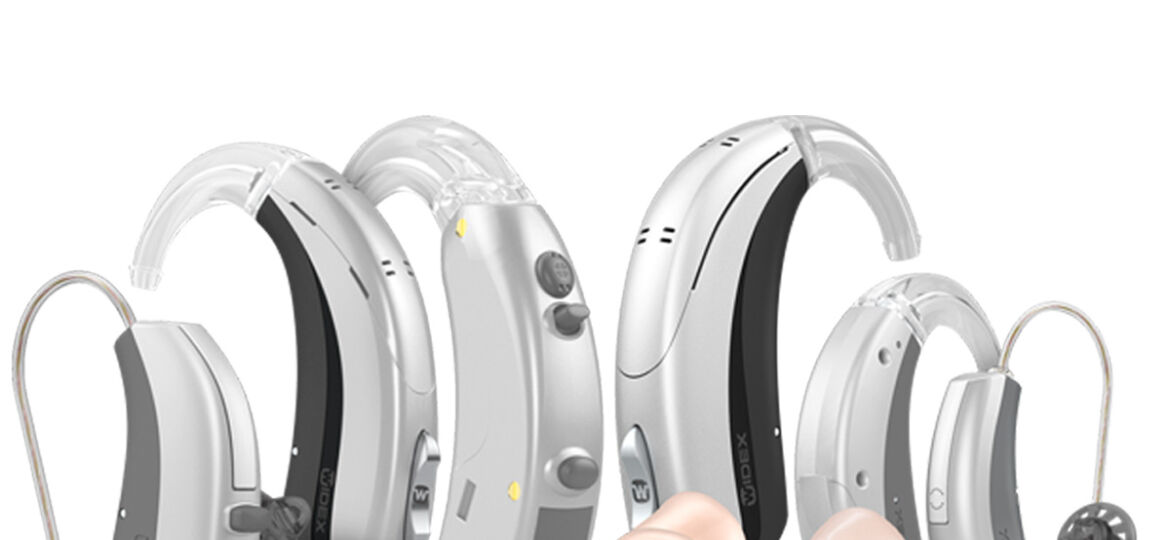
Are you or a loved one having a hard time hearing? Perhaps you’re thinking about getting a hearing aid. Hearing aid technology keeps evolving, which means there’s a growing variety of styles and features to consider.
Hearing aids are medical devices worn behind or in the ear. They can improve hearing by making sounds louder. However, hearing aids usually won’t restore your hearing to normal levels or quality.
Nearly 30 million adults living in the U.S. have some degree of hearing loss. Despite the high number of people affected by hearing loss, only about one-fifth of those who could benefit from a hearing aid seek intervention.
Using hearing aids may reduce the frequency or severity of cognitive decline, depression, and other health problems in adults. Added benefits can include improved social participation and a better quality of life.
▪ You have trouble hearing speech in noisy places.
▪ You find it hard to follow speech in groups.
▪ You have trouble hearing on the phone.
▪ Listening makes you tired.
▪ You need to turn up the volume on the TV or radio, and other people complain it’s too loud.

If you have any of the problems listed below, please see a doctor, preferably an ear-nose-throat doctor (ENT).
▪ Your ear has a birth defect or an unusual shape. Your ear was injured or deformed in an accident.
▪ You saw blood, pus, or fluid coming out of your ear in the past 6 months.
▪ Your ear feels painful or uncomfortable.
▪ You have a lot of ear wax, or you think something could be in your ear.
▪ You get really dizzy or have a feeling of spinning or swaying (called vertigo).
▪ Your hearing changed suddenly in the past 6 months.
▪ Your hearing changes: it gets worse then gets better again.
▪ You have worse hearing in one ear.
▪ You hear ringing or buzzing in only one ear.
If you are 18 years of age or older and believe you have perceived mild to moderate hearing loss, you can buy an over-the-counter (OTC) hearing aid in a store or online without seeing an ear-nose-throat (ENT) doctor, or a licensed hearing health care professional (audiologist). However, prescription hearing aids are only available through a licensed hearing health care professional who can program the device to your unique level of hearing loss.
Hearing aids usually are sold by:
- audiologists.
- ear, nose and throat doctors.
- sellers licensed to dispense hearing aids, such as instrument specialists.
The FDA requires a statement of a doctor’s exam before the sale of hearing aids for children (younger than 18 years of age). But, the agency is not requiring measurements of hearing loss to establish prospective users’ qualification, prior to purchasing OTC hearing aids.
To broaden access to hearing aids, the FDA is proposing a new category of OTC hearing aids that could be purchased in the store or online without seeing a physician for an exam or an audiologist for help with fitting.
Hearing aids are devices intended for human use, and are subject to the Federal Food, Drug, and Cosmetic Act (FD&C Act) amended by the FDA Reauthorization Act of 2017 (FDARA).
Currently, air-conduction hearing aids are generally either class I or class II medical devices. Furthermore, hearing aids and Personal Sound Amplification Products (PSAPs) emit electronic product radiation and are electronic products, meaning they are subject to the electronic product radiation control requirements.
Within the OTC hearing aid category, consumers 18 years of age and older with perceived mild to moderate hearing loss may have the following device options:
▪ Legacy (traditional) and wireless hearing aids which include basic features like volume control and preset programs.
▪ Self-fitting hearing aids with or without a wireless feature that have greater customization through technology such as hearing tests, software, and smartphone apps.
Behind-the-ear (BTE) aids: BTE hearing aids are generally the largest hearing aid style. A plastic case containing most of the electronics sits behind the ear and is connected to an earmold that fits in the ear canal. BTE hearing aids can be used by people of all ages. The style is often chosen for young children because it can be adapted as they grow.
Receiver-in-the-canal (RIC) aids: RIC (or mini receiver-in-the-ear; mini RITE) hearing aids sit behind the ear but are typically smaller than a BTE. The RIC hearing aid is attached to a tube housing a small wire with a dome-shaped tip at the end that rests in the ear canal (in some cases, earmolds are used). The RIC design allows more of the ear canal to remain open and is less visible than the BTE style.
In-the-ear (ITE) aids: This hearing aid sits completely in the outer ear (the “bowl” of the ear). All the hearing aid electronics are housed in a custom-fit shell.
In-the-canal (ITC) aids and completely-in-the-canal (CIC) aids: These are the smallest hearing aids currently available. The electronics are contained in a small custom-fit shell that fits partly or completely into the ear canal. Some people may like them because they are less noticeable while other people may find them harder to handle.















